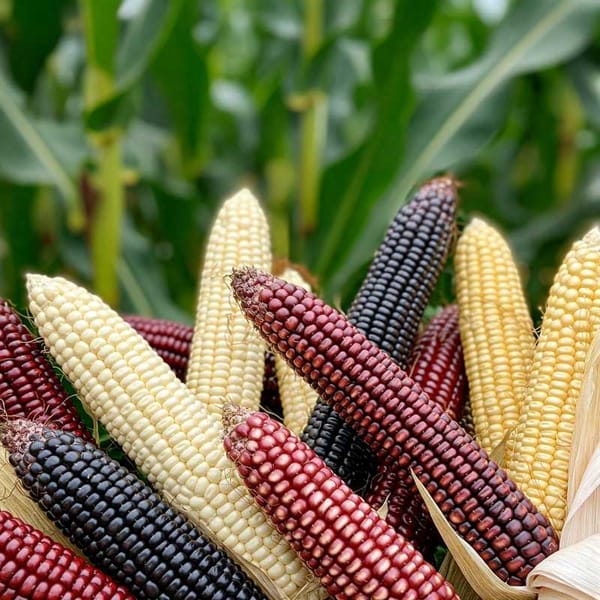About 200 cargo transport companies will meet in Mexico at the first Transport and Logistics Expo
Roughly 200 cargo transport companies from North America, Asia, and Europe will gather in the Mexican city of Guadalajara for the first Transport and Logistics Expo, a great event.





